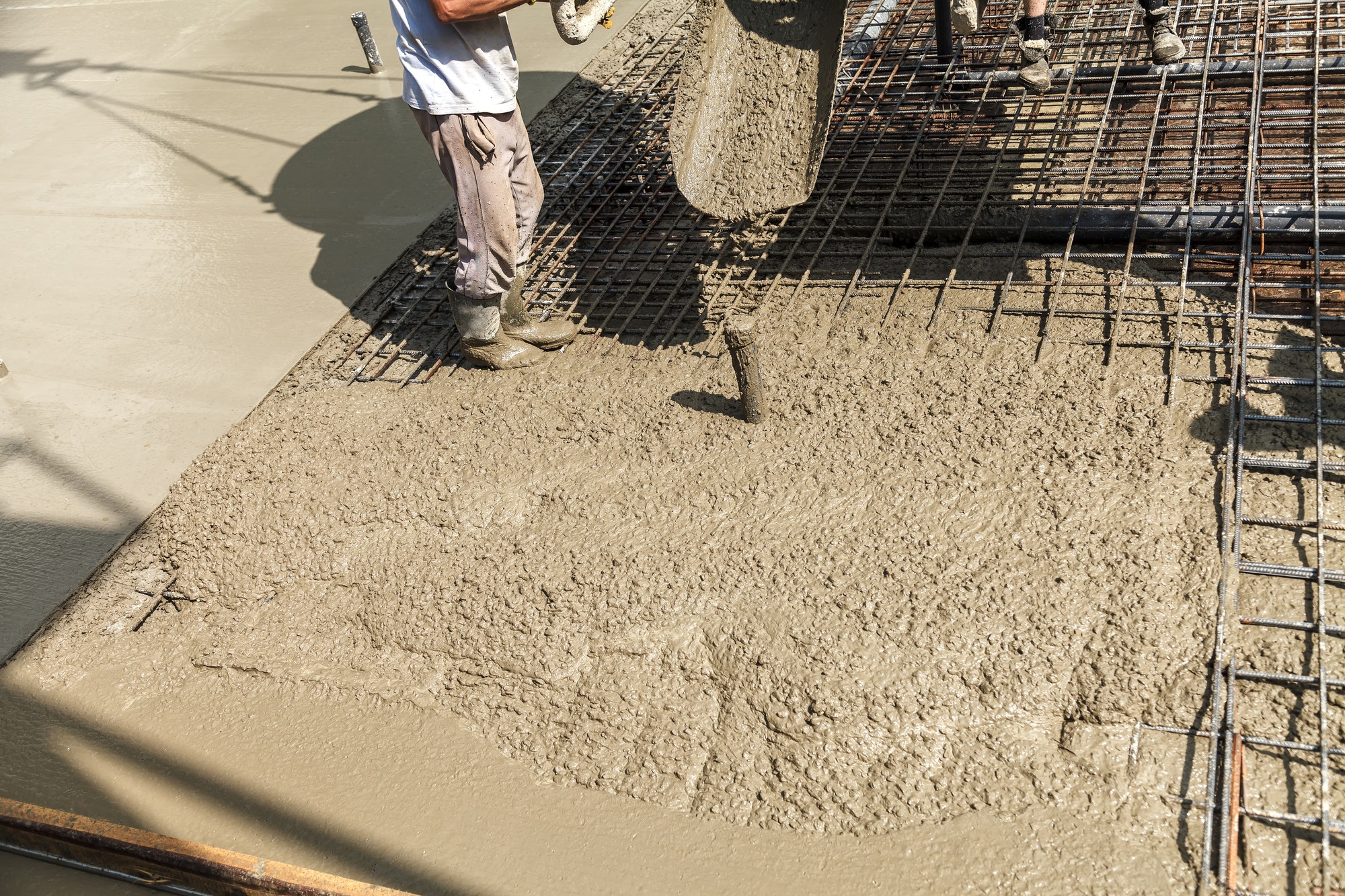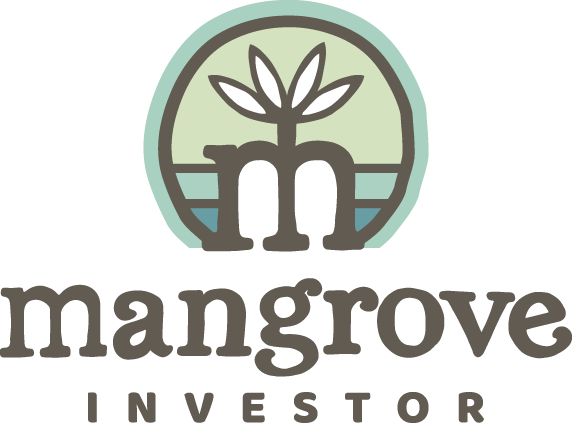

It’s a Paved World
At Mangrove Investor, we believe in giving back to our community.
Matt and I both sit on the boards of non-profits in our town. My little non-profit provides services and programs for kids. Our focus is a new skatepark. A place for the kids to make friends and get some clean healthy outdoor exercise.
As with anything, there will be those people who don’t like the proposed changes. And the building of a skatepark is no exception. One of the concerns against a new skatepark is that it covers existing green space with concrete.
When I was kid, we skateboarded down a street or in a parking lot. An empty, abandoned pool was even better. Today, skateparks are everywhere and they are mostly made of concrete. They are long continuous stretches of concrete shaped into a playground for skateboarders.
And I must admit, I’m conflicted.
The construction of a concrete skatepark can have a negative environmental impact. Not only from the loss of some green space. Concrete is a notorious producer of carbon dioxide (CO2.) Concrete production alone is responsible for as much as 10% of global CO2 emissions, which is even more than aviation industry. The primary source of these emissions is the manufacturing process.
Concrete is produced by heating limestone with other materials, such as clay or shale, in a kiln at very high temperatures. This process, known as clinker production, releases CO2 both from the combustion of fossil fuels to generate the necessary heat and from the chemical reaction that converts limestone into calcium oxide (lime) during the formation.
And while the CO2 produced during the manufacturing process is huge, it isn’t the only problem. It’s also the sheer scale of the use of concrete. After water, concrete is the most used commodity in the world.
Concrete is the fundamental building material of the world. It is the main material in the construction industry, laying the foundations, shaping the skylines, and building the infrastructure. We used 30 billion tons of the stuff in 2022.
If you look at the global landscape, it becomes evident that the sheer volume of concrete consumed worldwide is staggering. As the world’s population continues to grow and urbanize, concrete will remain a crucial building material.
Acknowledging the environmental challenges associated with production will be key to the future. Balancing the demand for development with environmental responsibility will play a huge role in shaping a sustainable future for the global concrete industry.
One innovation that has gained prominence is the development and adoption of green concrete. Green concrete, also known as environmentally friendly or sustainable concrete, may be the holy grail to the environmental impact of construction activities.
Green concrete refers to a type of concrete that is designed to have a reduced environmental impact compared to traditional concrete. Green concrete aims to address environmental impact by incorporating sustainable materials, reducing resource consumption, and adopting eco-friendly production methods.
Key features and components of green concrete include:
Recycled Aggregates: Green concrete often incorporates recycled materials, such as crushed concrete, recycled glass, or reclaimed asphalt pavement, as aggregates. Using recycled aggregates helps reduce the demand for natural resources and minimizes the environmental impact of quarrying.
Supplementary Cementitious Materials: Supplementary cementitious materials like fly ash, slag, and silica fume can be used to replace a portion of the cement in concrete mixtures. These materials are by-products of industrial processes and can improve the performance of concrete while reducing its carbon footprint.
Alternative Binders: Researchers are exploring alternative binders that can replace or supplement traditional cement. Geopolymers, for example, are a type of binder formed by the chemical reaction of aluminosilicate materials and alkaline solutions, offering a lower carbon alternative to conventional cement.
Energy-Efficient Production: Green concrete may be produced using energy-efficient methods to reduce the overall environmental impact of its manufacturing process. This can include optimizing kiln operations, using renewable energy sources, and implementing sustainable practices in production facilities.
The ability to permanently entomb CO2 within our buildings, roads and skateparks is a promising avenue for reducing the carbon footprint. This would not only help create a more sustainable construction industry but would have a positive effect on the environment.
While green concrete represents a positive step towards more sustainable construction practices, it’s important to note that challenges remain, including cost considerations, availability of alternative materials, and industry-wide adoption. Ongoing research and development efforts aim to address these challenges and further enhance the environmental performance of concrete.
So, when I address some of the concerns folks have about the impact of a new skatepark. Maybe the use of green concrete and some creative green-scaping will help ease their mind. And we can show the next generation how to incorporate environmentally friendly technologies into public spaces.
For the Good
Michael Nichols
Numbers You Need to Know
65000 BC
The earliest recordings of concrete structures date back to 6500BC by the Nabataea traders in regions of Syria and Jordan. They created concrete floors, housing structures, and underground cisterns. (GIATEC)
2 kilometers long and 60 stories high
The Three Gorges Dam is the largest concrete structure in the world. But the larger-than-life architectural feat is not absent of concerns. (Visionary Builds)
126 AD
Build in 126 AD and a miracle in terms of ancient architecture, the Pantheon’s dome is still the world’s largest unreinforced concrete dome.(Engineering & Technology)
What’s New in Sustainable Investing
Big Oil has a place in ESG funds, says Deutsche Bank CIO
Sustainability funds should be able to hold traditional energy shares because excluding them is denying investors one of the best ways to bet on a shift to renewable energy, a senior ESG executive at Deutsche Bank. (Reuters)
Green Cement and Concrete Market Size Worth $39.97 Bn
According to The Insight Partners, the green concrete market is expected to grow from US$ 28.66 billion in 2022 to US$ 39.97 billion by 2030. (Yahoo Finance)
Video Of The Week
Green Concrete
Start-up hopes to eliminate carbon emissions from global cement market.




